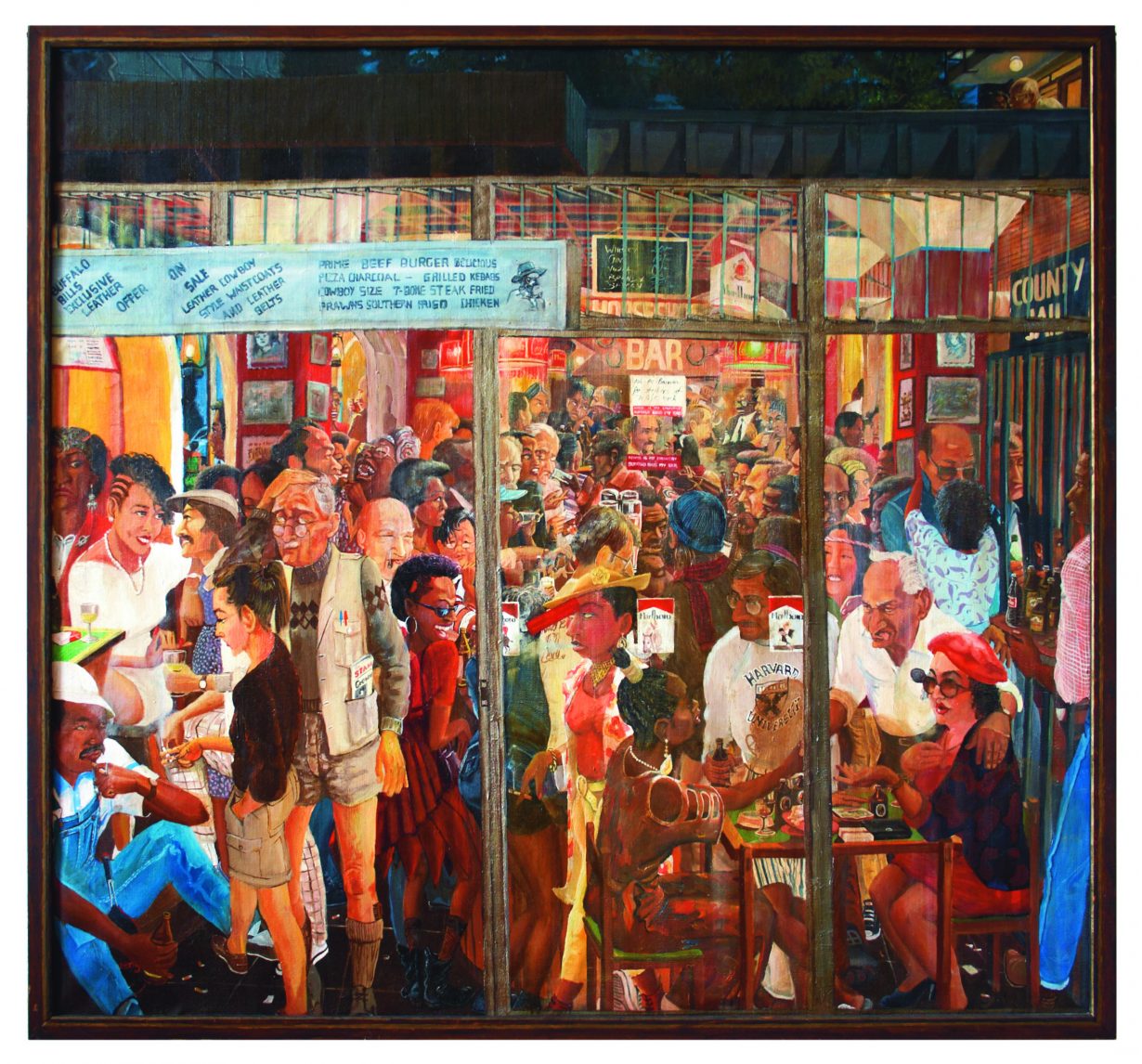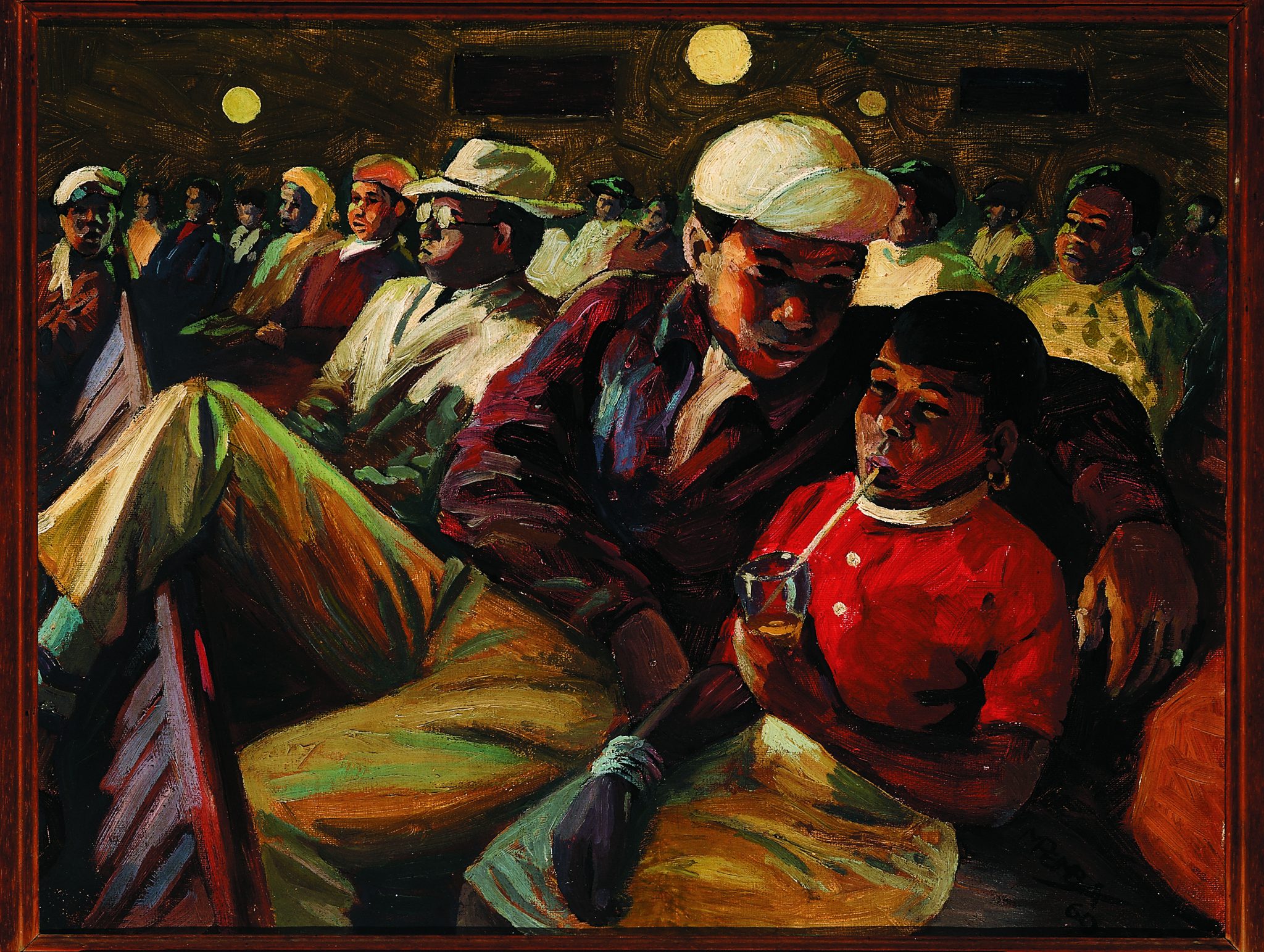When We See Us at Zeitz MOCAA reveals a litany of remarkable histories, practices and attitudes towards subjectivity
When We See Us is almost certainly the most ambitious exhibition curated at Zeitz MOCAA to date. Its scope is vast, bringing together 156 artists from Africa and its diaspora, with over 200 works of art.
Although the exhibition pamphlet wants to direct the viewer to themes like ‘Joy and Revelry’, ‘Triumph and Emancipation’ and ‘Repose’, the curating isn’t obviously didactic. The huge wealth of imagery covers a large range of styles, cultures, times, art movements and social experience.
I was initially confused as to just how to approach the exhibition. I saw the security guard staring at one of the paintings, Eric Ndlovu’s Buffalo Bill Bar (1980). “Is that your favourite?” I asked. She nodded and explained that she liked the fact that the people seemed to be enjoying themselves. Introducing herself, she then took me to another favourite. This time Tanzanian Sungi Mlengeya’s Constant III (2019) of two youths, one draped in the other’s arms. The guard said she was drawn to it as much by its subject as its simplicity and lack of bright colour.

We walked through the exhibition together and I asked her about George Pemba’s painting The Audience (1960), detailing a young black couple in a cinema. She said that she “knew this image”. Pemba, like the guard, was from the Xhosa-speaking Eastern Cape and he documented much of its rich cultural life in painting and writing from the 1930s until the turn of the century. And one thing that the exhibition reveals is that Pemba was not alone. Figurative representation has existed across many cultures and places. The fact that these practices have often been overlooked by a more global artworld seems precisely the point of the exhibition.

But the blame is at least partly shared. Certainly South Africa, to put it mildly, is not a place where the public sphere gives much importance to culture – public museums are often in a state of collapse. But what When We See Us exposes is just how deep the cultural practices of Africa and its diaspora are. Zeitz, situated in its opulent V&A Waterfront district, was at least partly built for the Cape Town tourist. But fittingly, When We See Us can and does engage with a wider audience and reveals remarkable histories, practices and attitudes towards subjectivity.
When We See Us: A Century of Black Figuration in Painting at Zeitz MOCAA, Cape Town, through 3 September 2023
